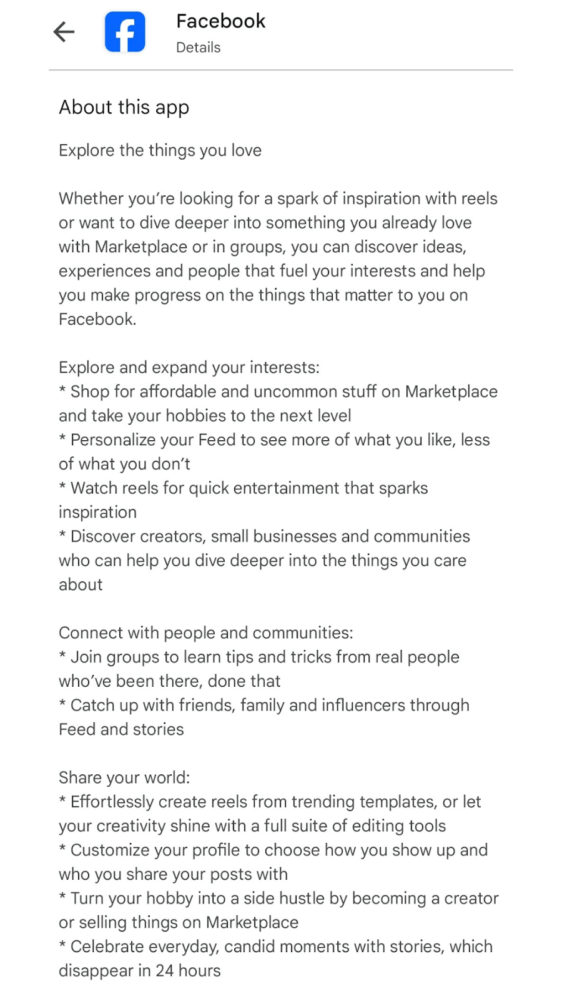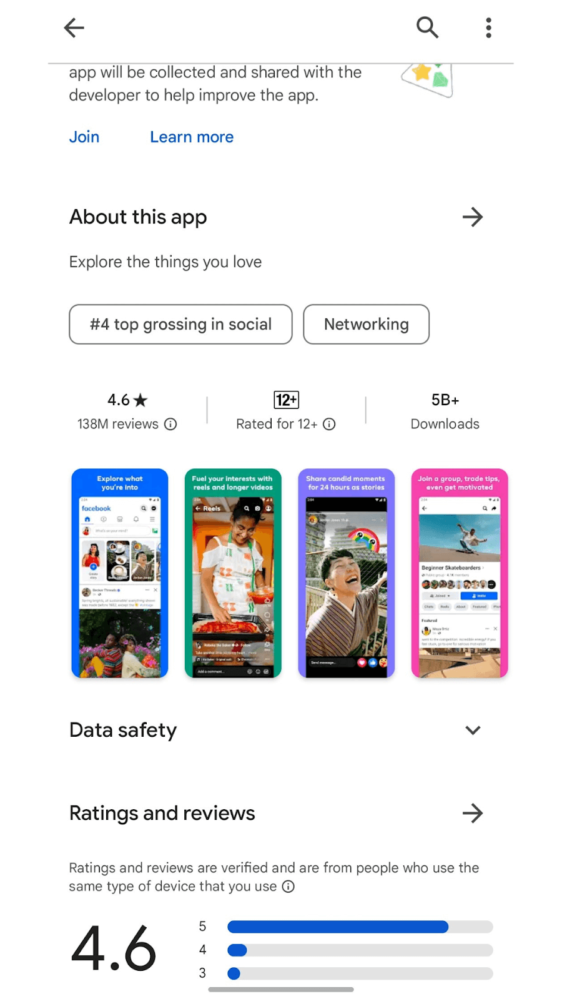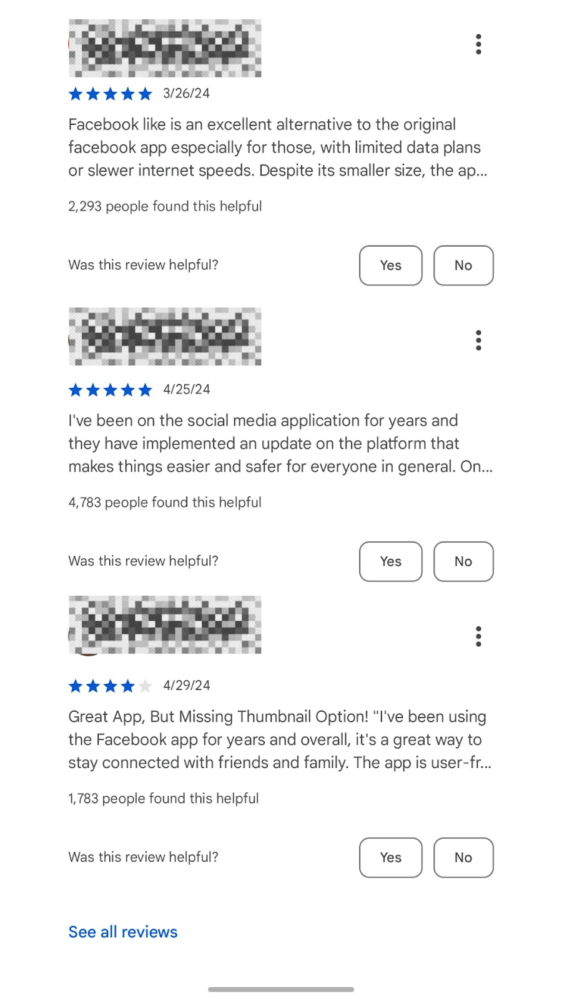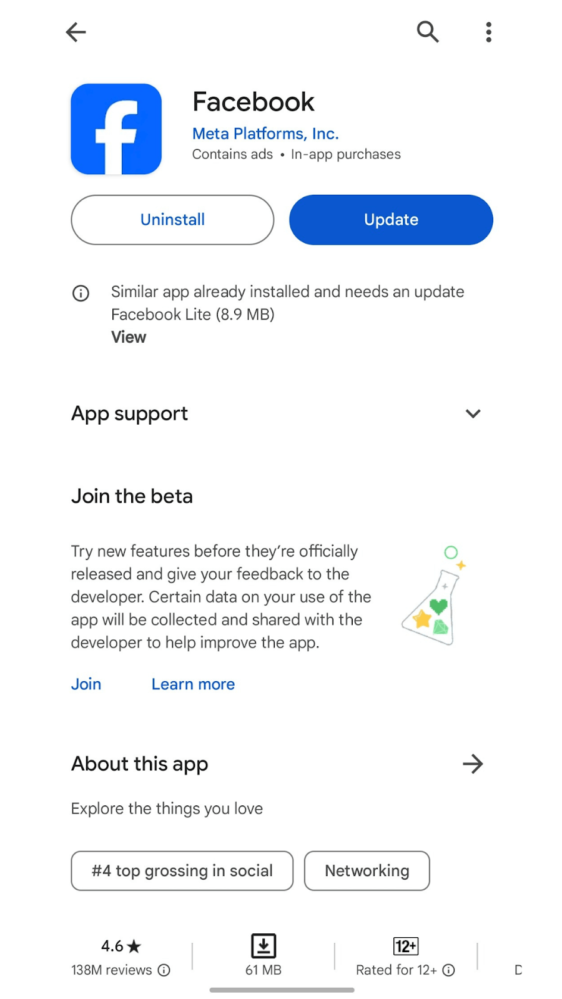What is App Store Optimization and How to Do It?
In today’s digital age, mobile apps have become an essential part of our everyday lives, with millions of apps available for download on various app stores. However, with such a vast number of apps competing for attention, it has become increasingly challenging for developers to ensure their app gets noticed by potential users. This is where app store optimization (ASO) comes into play.
In this article, we will explore the importance of app store optimization and provide tips on how to effectively optimize your app for maximum visibility and success.
What is App Store Optimization (ASO)?
App Store Optimization (ASO) is the process of optimizing mobile apps to rank higher in an app store’s search results. This is crucial for app publishers as it directly impacts the visibility of your app and ultimately the number of app downloads.
By optimizing your app title, app name, app keywords, app screenshots, and app preview, you can improve your app ranking in both Apple’s App Store and Google Play Store. ASO is helping app publishers follow the best practices for app marketing and conversion rate optimization.
Understanding the Goals of App Store Optimization (ASO)
The primary goal of App Store Optimization (ASO) is to increase the visibility and discoverability of the app, which can lead to higher download rates and ultimately drive more revenue for the app developer. These specific goals of ASO include:
1. Enhancing app visibility in search results within the app stores.
By optimizing your app stores elements such as app description, keywords in your app, and app store ranking, you can make your new app more discoverable to users to download your app.
Utilizing ASO keywords and app radar tools can also improve your app store optimization for Google Play and the Apple App Store. By understanding app analytics and performing search optimization, you can make your app stand out among the different apps available.
2. Improving the click-through rate (CTR) to the app’s listing.
Improving the click-through rate (CTR) to the app’s listing can be achieved by optimizing keywords in your app description for both Apple App Store and Google Play Store. By using ASO keywords and app store elements, you can help your app rank higher in search optimization.
3. Boosting the conversion rate from viewing to downloading.
By strategically placing keywords in your app title and description, you can help users easily find your app when they search in app stores like Google Play and Samsung Galaxy Store.
Make sure your app appears in relevant app categories and is familiar to users who may be interested so you can drive more traffic to your app.
4. Increasing organic app installs and reducing customer acquisition costs
Improving your app’s visibility in app store search results can drive more traffic to your app and increase the chances of users discovering your app. By making sure your app appears on the first page in the iOS app store and the Google Play Store, you can attract a larger audience for your app and ultimately achieve more organic app installs.
This can also lead to lower customer acquisition costs and drive more downloads for your best app on both the IOS app store and the Google Play store.
Overall, the goal of ASO is to maximize the app’s potential in the competitive app store environment and drive success for the app publisher.
Enhancing app visibility in search results within the app stores can be a complex process. Collaborating with an experienced ASO agency can help streamline this process by providing expert insights and strategies tailored to your app’s needs.
The Key Elements of App Store Optimization (ASO)
Mastering the art of ASO involves understanding its core components. Here are the key elements that drive visibility and success for your app in app stores.
1. Keywords: Conducting keyword research and using relevant keywords in your app title, description, and metadata can help you reach your target audience.
2. App Title and Description: Your app title and description should be clear, concise, and engaging. Use relevant keywords in the title and description to improve visibility and attract potential users. Include a unique selling proposition (USP) to highlight the key features and benefits of your app.

3. App Icon and Screenshots: A visually appealing app icon and high-quality screenshots can attract users and encourage them to download your app. Make sure your app icon reflects your brand and stands out in the app store search results. Use screenshots to showcase the key features and functionality of your app.

4. Ratings and Reviews: Encourage users to leave positive reviews and ratings for your app. Higher ratings and positive reviews can improve your app’s credibility and encourage more users to download and use your app. Responding to user feedback and addressing any issues promptly can also help improve your app’s reputation.

5. App Updates: Regularly update your app to fix bugs, add new features, and improve performance. Keeping your app up to date shows users that you are committed to providing a great user experience and can help improve your app’s ranking in the app store search results.

6. App Localization: Consider localizing your app to reach a wider audience in different markets. Translate your app title, description, and keywords into different languages to improve visibility and attract users who speak different languages.
7. A/B Testing: Use A/B testing to experiment with different app store elements, such as app title, icon, screenshots, and description, to see which variations perform better in terms of downloads and user engagement. Test different elements one at a time and analyze the results to optimize your ASO strategy.
How to Optimize Your App for the App Store (Step-by-Step Guide)
1. Keyword Optimization
Keyword optimization lies at the heart of effective ASO ensuring your app is discoverable by the right audience. To excel in keyword optimization, it’s essential to use effective tools and tips for identifying the most relevant keywords.
From keyword research tools like App Radar and Sensor Tower to leveraging competitor analysis, these resources help uncover high-value keywords tailored to your app’s niche and audience. Once you’ve identified the optimal keywords, seamlessly add them to your app’s metadata, including the title, subtitle, and description.
Creating a compelling app title enriched with relevant keywords enhances visibility and click-through rates. Take, for example, a text message forwarding app; by naming it SMS Auto Forwarder to reflect its features and functions, you can enhance its appeal and discoverability.
Similarly, adding keywords to the subtitle and description boosts your app’s relevance and discoverability, making it more likely to rank higher in search results and attract potential users.
2. Optimizing Visual Elements
Effective ASO goes beyond textual elements to encompass visual components that can make a significant impact on a user’s decision to download an app. One important aspect is designing an eye-catching app icon that not only reflects your brand identity but also stands out amidst the competition. A well-designed icon not only grabs attention but also conveys the essence of your app’s functionality.
Additionally, selecting and optimizing screenshots and videos play a vital role in showcasing your app’s features and benefits. By carefully curating screenshots that highlight key functionalities and benefits, you can provide users with a glimpse of what your app offers.
Similarly, adding videos that demonstrate the app in action can significantly enhance user engagement and drive conversions. Leveraging these visual elements effectively can greatly improve your app’s performance in the app store.
3. Leveraging Ratings and Reviews
In the dynamic landscape of app stores, ratings and reviews influence a user’s decision to download an app. Implementing strategies to encourage users to rate and review your app can significantly impact its visibility and appeal. Tactics such as prompting users for feedback at strategic moments within the app experience, offering incentives for reviews, and providing a seamless review process can help increase the volume of reviews.
You may also review social media posts and actively respond to them, both positive and negative, demonstrating your commitment to user satisfaction and fostering a sense of trust and engagement. By addressing user feedback promptly and transparently, you not only improve the overall user experience but also showcase your dedication to continuous improvement.
Leveraging ratings and reviews as a valuable source of insight and feedback can ultimately drive app success and user loyalty.
4. Localizing Your App Listing
Localizing your app listing is key to breaking into new markets and resonating with users across different regions and cultures. By adapting your app’s language, content, and imagery to suit the preferences and nuances of specific locales, you can enhance user engagement and drive downloads. Cultural adaptation ensures that your app resonates with users personally, fostering a deeper connection and understanding.
Effective app store localization involves more than just translating text—it requires careful consideration of cultural sensitivities, preferences, and trends. Tips for successful localization include conducting thorough market research, collaborating with native speakers for translation and cultural insights, and conducting localization testing to ensure your localized app listing’s accuracy and effectiveness. Investing in localization efforts can unlock new growth opportunities and establish a strong presence in global markets.
5. Continuous Monitoring and Optimization
Continuous monitoring and optimization are integral to the success of your ASO efforts. Regularly tracking key performance metrics such as keyword rankings, download numbers, and user engagement allows you to assess your ASO strategy’s effectiveness and identify areas for improvement.
By leveraging analytics tools like App Annie, Sensor Tower, or Google Analytics, you gain valuable insights into user behavior and market trends, enabling you to make data-driven decisions.
Furthermore, staying attuned to changes in app store algorithms and market dynamics allows you to adapt your strategy accordingly. Whether adjusting keywords, optimizing visual assets, or refining your app’s listing based on user feedback, ongoing optimization ensures that your app remains competitive and relevant in the ever-evolving app landscape. By embracing a culture of continuous improvement, you can stay ahead of the curve and drive sustained growth for your app.
Advanced App Store Optimization (ASO) Strategies
Let us now explore 3 cutting-edge techniques and tools to elevate your ASO game and drive sustained growth:
1. A/B testing
By testing variations in your app’s title, icon, screenshots, description, and other elements, you can identify what resonates best with your target audience and drives higher conversion rates. A/B testing enables you to make informed decisions based on real user data, refining your ASO strategy for optimal results.
2. Utilizing app store analytics tools
Gain valuable insights into your app’s performance and user behavior by using app store analytics tools. Tools like App Annie, Sensor Tower, and Google Analytics provide a wealth of data on keyword rankings, download trends, user demographics, and more, allowing you to make data-driven decisions to fine-tune your ASO strategy.
3. Exploring paid app promotion strategies
Paid advertising platforms like Apple Search Ads and Google Ads offer targeted advertising opportunities to showcase your app to relevant audiences. By strategically allocating your budget and optimizing your ad campaigns, you can amplify your app’s exposure, drive higher-quality traffic, and accelerate downloads.
To elevate your app’s marketing strategy, consider leveraging specialized digital marketing campaign tools, such as the best paid search engine intelligence software available in the market. Integrating paid app promotion into your overall ASO strategy enables you to complement organic growth efforts and achieve greater success in the competitive app marketplace.
Common App Store Optimization (ASO) Mistakes to Avoid
1. Keyword Stuffing: Attempting to use as many keywords as possible in your app’s title, description, or metadata can result in a cluttered and unnatural user experience. Instead, focus on using relevant keywords strategically and naturally to improve your app’s discoverability without compromising readability.
2. Ignoring Long-Tail Keywords: Overlooking long-tail keywords, which are longer and more specific search phrases, can limit your app’s visibility. Incorporate a mix of both broad and long-tail keywords to capture niche audiences and improve your chances of ranking higher in relevant searches.
3. Incomplete App Listing: Providing incomplete or insufficient information in your app’s listing can prevent users from downloading your app. Ensure your listing includes compelling visuals, a detailed description, and all relevant information to convey the value of your app and encourage downloads.
4. Neglecting App Updates: Failing to regularly update your app with new features, bug fixes, and optimizations can lead to stagnation and decreased user engagement. Keep your app fresh and relevant by consistently rolling out updates to address user feedback and stay competitive in the app market.
5. Ignoring User Experience: Prioritizing ASO tactics over user experience can result in high download rates but low user retention. Focus on delivering a seamless and intuitive user experience to keep users engaged and satisfied, ultimately leading to positive reviews and organic growth.
6. Misleading Visuals: Using misleading or irrelevant visuals in your app’s listing can lead to disappointed users and negative reviews. Ensure that your app’s screenshots and videos accurately represent its features and functionalities to set clear expectations for potential users.
7. Lack of Testing: Launching your app without conducting thorough testing can lead to unforeseen issues and missed opportunities for optimization. Prioritize testing different elements of your app’s listing, such as visuals, messaging, and pricing, to identify what resonates best with your target audience and refine your ASO strategy accordingly.
8. Ignoring App Store Guidelines: Violating app store guidelines, such as using prohibited keywords or engaging in fraudulent practices, can result in your app being removed from app stores or penalized in search rankings. Familiarize yourself with app store policies and guidelines to ensure compliance and maintain your app’s visibility and credibility.
Conclusion
Mastering App Store Optimization (ASO) is essential for developers to thrive in the competitive world of mobile apps. By understanding its core principles and implementing effective strategies, developers can increase their app’s visibility, attract more users, and ultimately drive success.
However, it’s crucial to avoid common ASO mistakes and continuously monitor ad optimize app performance to stay ahead in the ever-evolving app landscape. With dedication and strategic planning, developers can maximize their app’s potential and achieve their goals in the app store ecosystem.


